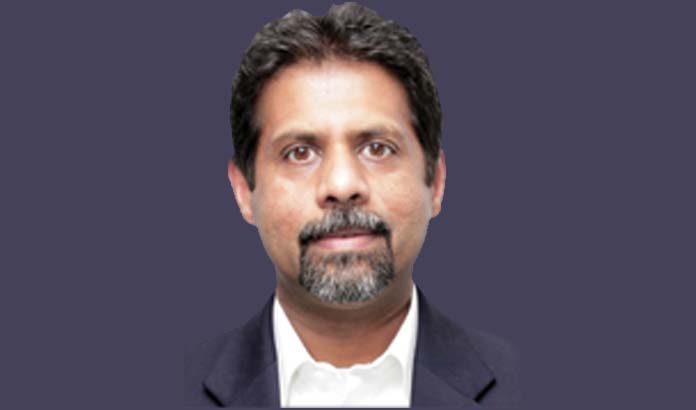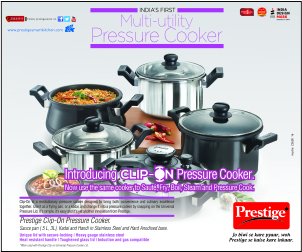Q.What is the mechanism followed for rewards and recognition at Philips?
A. The rewards framework is guided by our rewards philosophy to offer comprehensive rewards packages to attract, retain and motivate the best talent. It stresses on the importance of on going market competitiveness and attractiveness of our plans and compensation levels while instilling a pay for performance culture. Our rewards programme is designed to satisfy the various levels of human needs and focuses on perquisites, benefits and non compensation elements including work-life balance, career opportunity, recognition and affiliation in addition to the total cash components.
We view recognition as an integral part of our rewards programme and have a well-defined global recognition scheme called Recognition@Philips. Additionally, we have a range of recognition programmes at sector and corporate level that cater to the needs of various businesses, functional teams and locations.
Q. How do you ensure that the less competent employee also fit in your R&R mechanism?
A. Our framework encompasses rewards based on multiple parameters like performance, tenure, organisational level and behaviour. Hence, employee rewards are not confined to performance or competencies only. This ensures that we are able to reward employees of varying competencies in an appropriate manner. A person who may not be a high performer, but may still receive highest levels of recognition on the basis of his behaviour and values displayed.
Even in our career progression framework, we look at performance over a period of time and provide opportunities to employees to shine and grow in their career, despite occasional hiccups in the form of a bad performance year. The organisation recognises every employee as talent and provides equal opportunities irrespective of existing competence levels for their skill development and career progression through trainings, mentoring, coaching programs and action learning projects etc.
Q. How important is recognising an employee along with rewarding and vice versa?
A. Employees today do not only look for competitive extrinsic rewards like fixed salary, incentives, benefits and perks, but also intrinsic rewards like recognition, career opportunity, autonomy and affiliation. Competitive rewards and recognition go hand in hand in creating a performance oriented culture. We believe in the power of intrinsic rewards and their pull in binding the individual to the organisation by creating a connect that goes much beyond any extrinsic reward that a competitor can offer.
Q. What can be the pitfalls faced by an organisation when the R&R goes wrong?
A. Any wrong step in designing and executing a robust rewards framework can have disastrous consequences for an organisation’s talent strategy and overall performance. For instance, lack of transparency or performance differentiation in merit increments can adversely impact employee morale, productivity and ultimately lead to higher attrition. This pushes the organisation in a vicious cycle of low productivity, low morale, higher attrition, high replacement cost and opportunity losses due to rehiring and retraining.
























